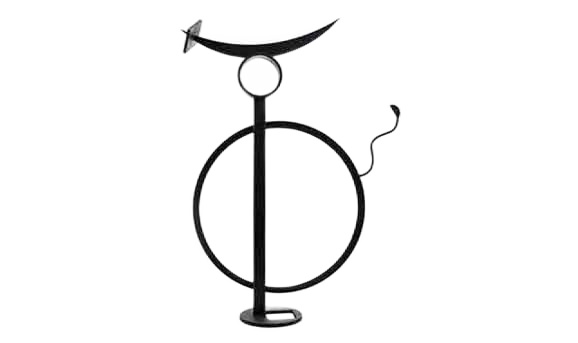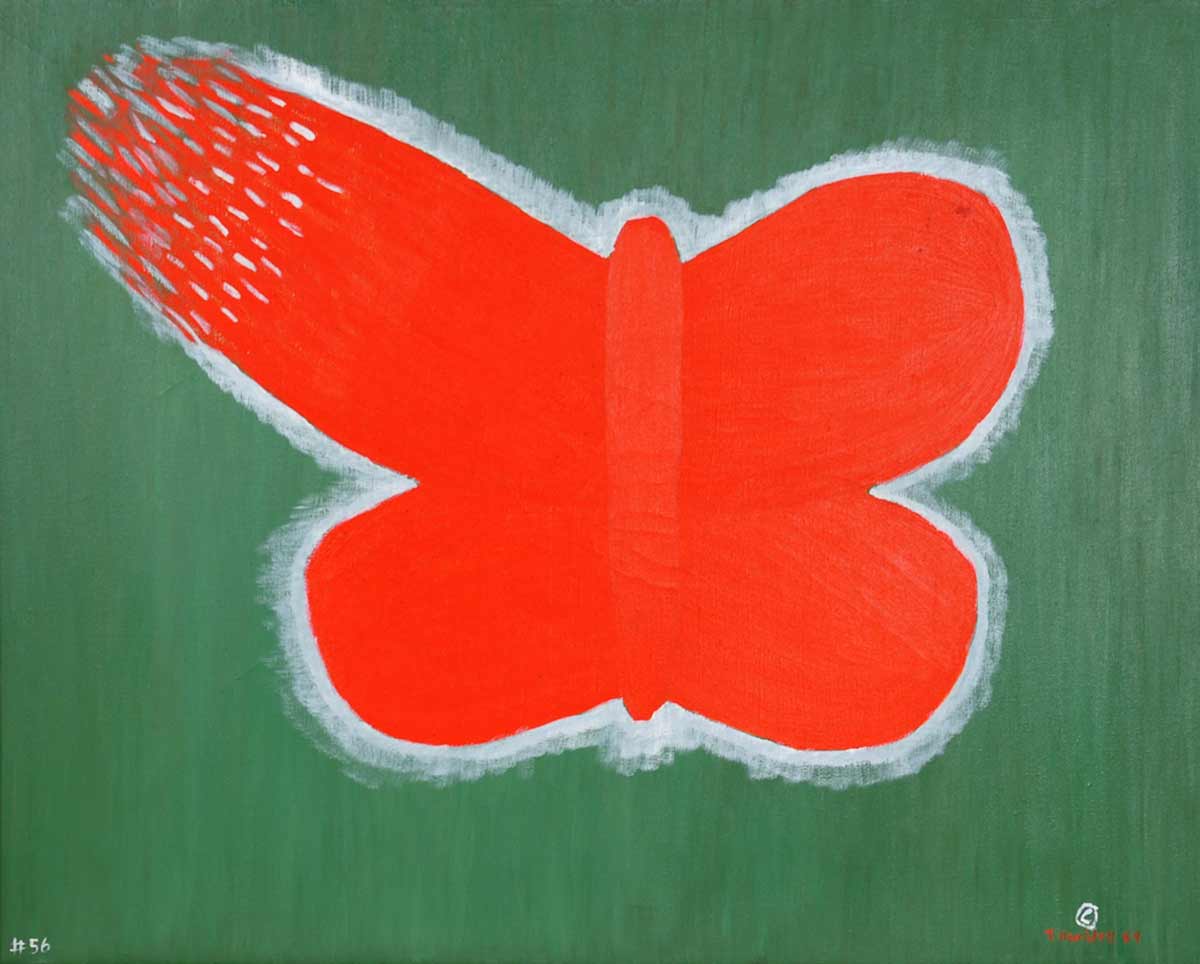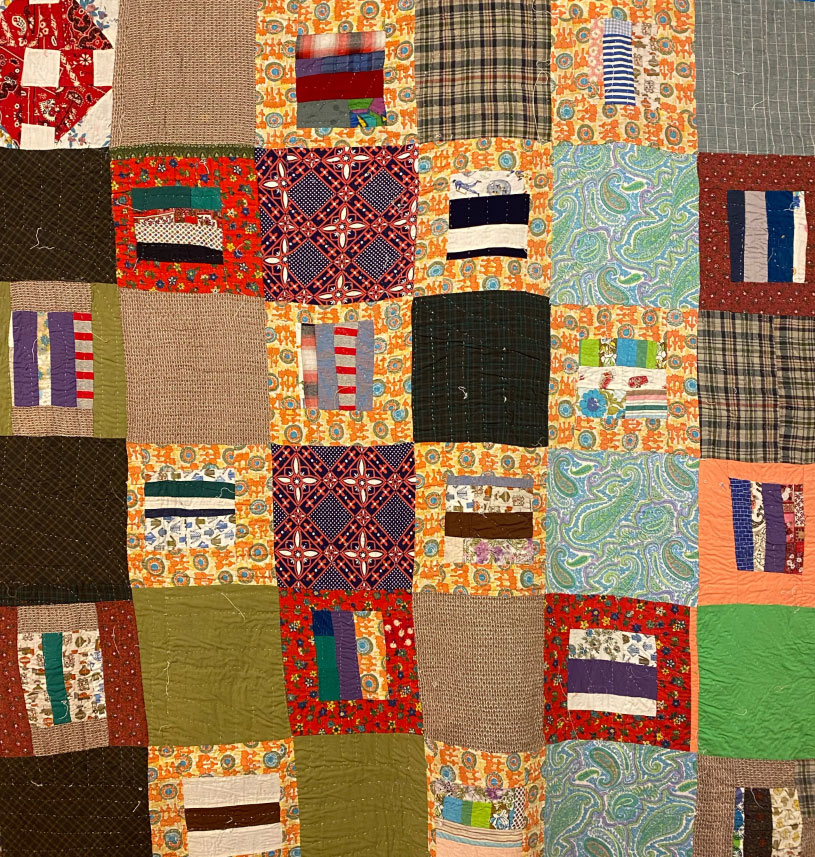Self Taught Portraits
Self-Taught Portraits
OCTOBER 4, 2022 – APRIL 15, 2023
The selected works in this exhibit share the diversity of portraiture. Whether it is a famous subject like Martin Luther King Jr., or an unknown caricature of a Jackson reporter we cannot resist the natural inclination to study a human face as a central theme.





